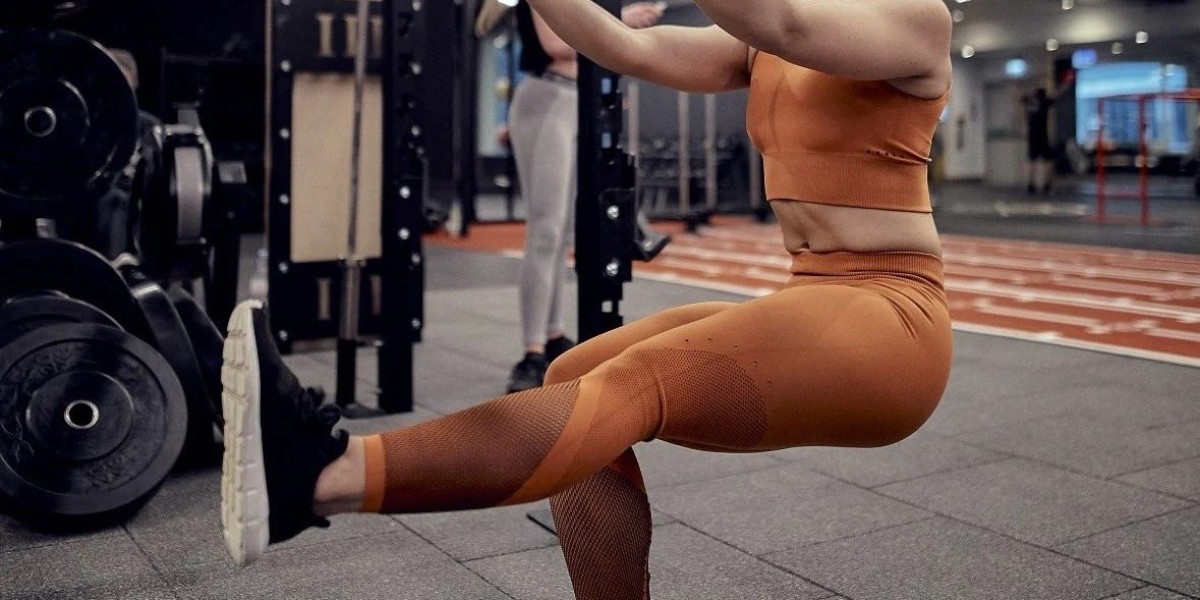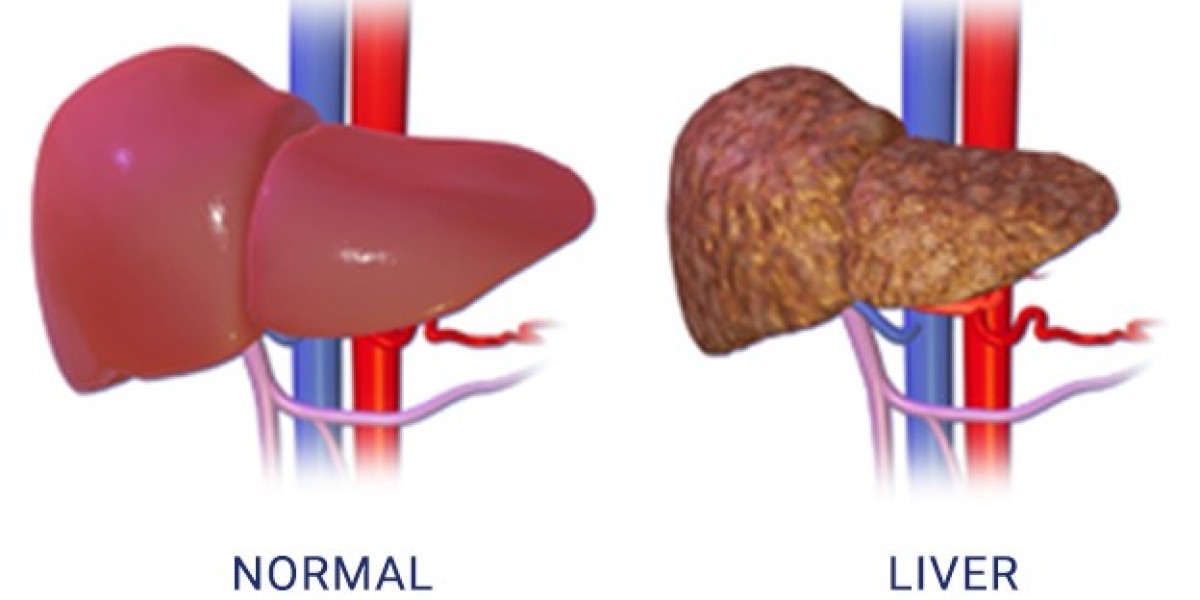The rear deltoid muscles, also known as the posterior deltoids, are a crucial component of the shoulder complex. Often overlooked in favor of the front and side deltoids, these muscles play a pivotal role in achieving a balanced, strong, and aesthetically pleasing upper body.
Anatomy of the Rear Delt Muscles
Rear delt muscles are situated at the back of the shoulder, originating from the scapula and inserted into the humerus bone. They form a triangular shape that completes the shoulder's three-sided structure, working with the front (anterior) and side (lateral) deltoids. The rear deltoids contribute to the overall shoulder width and the well-rounded appearance of the upper body.
Functions and Roles
Shoulder Extension
One of the primary functions of the rear deltoids is shoulder extension. This movement involves pulling the arms backward, which engages the rear delt muscles. Shoulder extension is crucial for pulling movements, such as rows and pull-ups, where the rear delts stabilize and contribute to the movement.
Horizontal Shoulder Abduction
The rear deltoids are also responsible for horizontal shoulder abduction. This action occurs when the arms move away from the body's midline while parallel to the ground. Exercises like reverse flies and lateral raises target this movement pattern, helping to isolate and strengthen the rear delt muscles.
Importance of Developing the Rear Delts
Aesthetic Balance
Balanced shoulder development is essential for a symmetrically pleasing physique. Neglecting the rear deltoids can lead to an imbalance, with overdeveloped front deltoids pulling the shoulders forward. Well-developed rear delts contribute to a broader, more aesthetic shoulder appearance.
Posture Improvement
Strengthening the rear deltoids aids in correcting posture issues that result from poor upper body alignment. Weak rear delts can contribute to rounded shoulders and slouched posture, while strong rear delts help maintain an upright and balanced posture.
Enhanced Athletic Performance
Athletes across various sports benefit from strong rear deltoids. These muscles support movements like throwing, swinging, and lifting, helping generate power and stability in the upper body. A well-trained posterior deltoid contributes to improved athletic performance and injury prevention.
Effective Training Strategies
Compound Movements
Incorporate compound exercises that engage the rear deltoids as secondary muscles. Rows, such as bent-over rows and seated cable rows, are excellent choices. These exercises not only target the rear delts but also work the upper back, creating a comprehensive training effect.
Isolation Exercises
Isolation exercises explicitly targeting the rear delt muscles are essential for their development. Some practical options include reverse flyes, face pulls, and cable rear delt flyes. These exercises allow you to focus solely on the rear delts and achieve deeper muscle activation.
Mind-Muscle Connection
Developing a solid mind-muscle connection is crucial when training the rear deltoids. Concentrate on feeling the contraction in the rear delts during each repetition. This mindful approach enhances muscle engagement and promotes optimal growth.
Progressive Overload
Apply the principle of progressive overload to your rear delt training routine. Gradually increase the weight, repetitions, or sets over time to challenge the muscles and promote growth. Keep track of your progress to ensure consistent improvements.
Sample Rear Delt Workout
Here's a sample rear delt workout to incorporate into your training routine:
· Bent-Over Dumbbell Rows: 3 sets x 8-10 reps
· Face Pulls: 3 sets x 12-15 reps
· Reverse Flyes: 3 sets x 10-12 reps
· Seated Cable Rows: 3 sets x 8-10 reps
Remember to warm up before starting your workout and cool down afterward with stretches that target the shoulder area.
Avoiding Common Mistakes
Poor Form
Maintain proper form during rear delt exercises to avoid recruiting other muscle groups. Focus on controlled and deliberate movements to ensure the rear deltoids are effectively engaged.
Neglecting Warm-Up
Always warm up before targeting the rear delts. A brief warm-up increases blood flow to the muscles and prepares them for the upcoming workout.
Overtraining
While training intensity is essential, overtraining can hinder progress. Allow adequate rest and recovery between rear delt workouts to prevent burnout and injury.
Listen to Your Body
Pay attention to your body's signals and cues. Overtraining often manifests as persistent fatigue, decreased performance, irritability, and increased susceptibility to illness. If you notice these signs, it's essential to reassess your training regimen and incorporate more rest days or lighter workouts.
Conclusion
The rear delt muscles are significant in achieving a well-proportioned, strong, and functional upper body. By understanding their anatomy and functions, and incorporating effective training strategies, you can unlock the potential of your rear deltoids. Balanced shoulder development enhances aesthetics and contributes to posture improvement, athletic performance, and overall functional fitness. Prioritize your rear delt training to reap the numerous benefits and enjoy a healthier, more capable physique.








